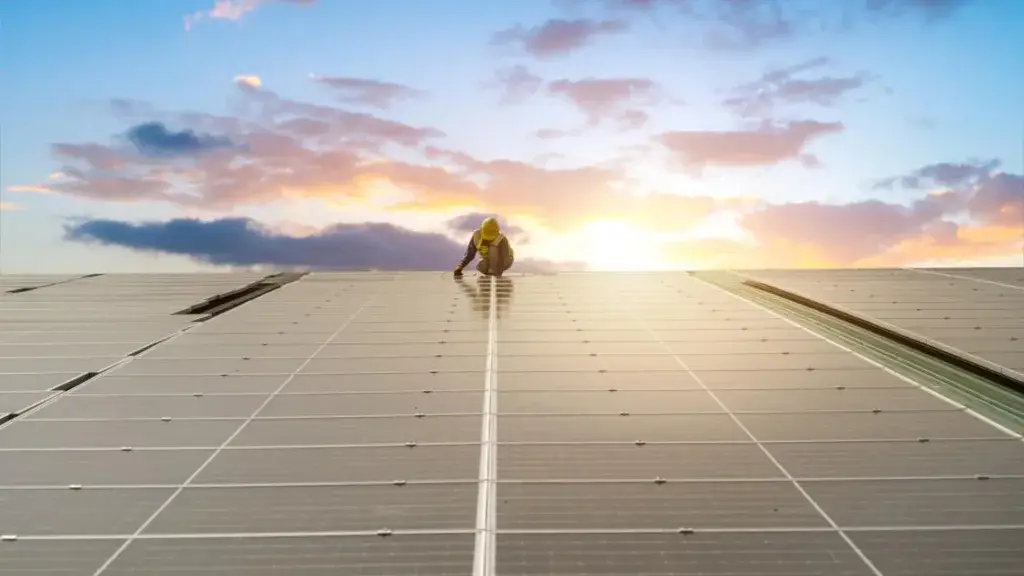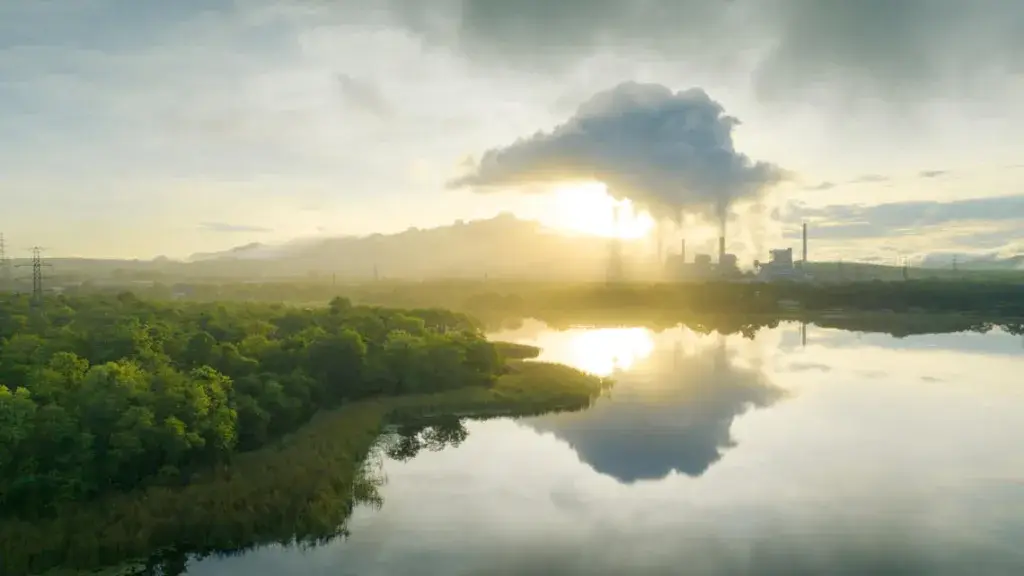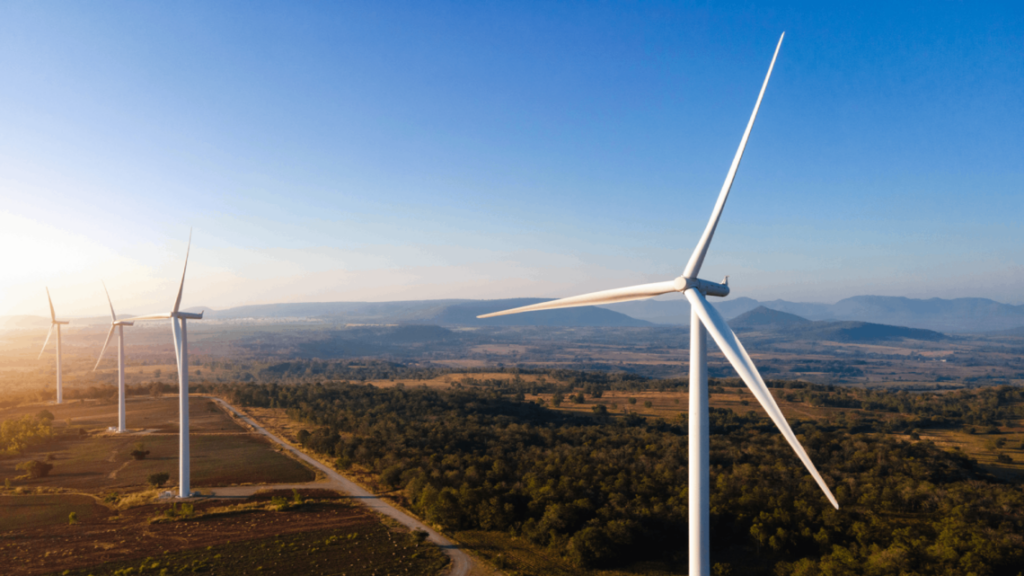Authors
Rasmus Valanko
The most significant development in global efforts to keep climate change to well below 2°C is the realization by all stakeholder groups that each of us must contribute our unique capabilities if we are to succeed in addressing the climate challenge.
Only a few years ago, the climate dialogue was dominated by national governments and researchers. An important shift happened in the 1990’s, when environmental NGOs campaigned strongly to bring the issue to the general public, raising its prominence on the agenda for voters and consumers.
By that time, businesses were still seen as outsiders; more part of the problem than the solution.
Momentum grew again in 2006 with the Stern review. The Economics of Climate Change was the first time the message of positive economic opportunity in the shift to a low-carbon economy entered into mainstream conversations.
It was in this moment that companies started to move from a defensive and risk-based discussion on climate to one about opportunities and ambition.
The language of ambition and opportunity did not appear overnight. Much of the dialogue was still alarmist and reached its peak during the Copenhagen COP in 2009. Those of us who had such high hopes in 2009, learned the hard way about how to win hearts and minds. We needed to provide a compelling vision of success, which is why COP21 was so exciting and different.
The year 2015 was a watershed, resulting in the Paris Agreement and the Sustainable Development Goals. The difference between 2009 and 2015 was, in part, due to the compelling arguments business put forth on the opportunity of the low-carbon transformation. We Mean Business, for example, unified the voices of six major business and sustainability organizations and played a crucial role in bringing the weight of the business community behind decisive climate action.
Since 2015, important research has worked to quantify the economic opportunities associated with the Sustainable Development Goals and the Paris Agreement. For instance, the Better Business, Better World report illustrated that the SDGs represent market opportunities of at least USD $12 trillion a year that could be unlocked by 2030.
Similarly, Project Drawdown also allows us to reach the masses with a new language of opportunity and possibilities. It gives us a practical, data-driven approach with a positive message that anyone can understand and relate to.
The reason for this short history lesson is to illustrate:
We can keep climate change to well below 2°C, and even 1.5°C degrees is within reach.
Why? Because we have now managed to harness the dominant forces that shape our global economies, to increase investments in the time and resources needed to transform our societies to net zero emissions. Perhaps most importantly, we are able to communicate this story of a brighter future in more compelling ways.
At the World Business Council for Sustainable Development alone, nearly 200 member companies are positioning their businesses for success in what we all see as the inevitable low-carbon future. Together, we are finding ways to accelerate the low-carbon transformation across transport, energy, natural climate solutions and more. These efforts and action by business will be a central message at the Global Climate Action Summit and at the Low Emission Solution Conference this month in San Francisco.
These events will bring thousands of climate leaders and advocates to California, all with the same objective in mind: Stand up, be counted and act for climate.
The GCAS is a clear representation of how far we have come from the early days of climate dialogues that were dominated by national governments to a world where more than ever, society is working together to limit global warming. This month will bring together local and regional governments, NGOs, civil society, academia, start-ups, multinational business, investors and many more.
This is important, because we really do need everyone. No one country, business or scientist can solve the problem alone.
Business likes to portray itself as the solution provider. However, those solutions can only be implemented through collaboration with other critical stakeholder groups – like the general public and civil society. For example, business needs ambitious cities to provide the testing grounds for new solutions. They need NGOs to call for transparency and integrity, so that customers can trust new technologies. They need the research community to innovate the next wave of climate solutions.
Business also needs government. That is why we are all gathering in San Francisco soon: To send a clear signal to governments, that they need to play their part too. The world needs ambitious and long-term policies enacted across all countries, so that we can also play our unique part in getting us closer to 1.5 degrees.
The next few weeks will help build on the momentum of this exciting transformation to a net zero emissions world in 2020 and beyond.
Article was originally published by We Mean Business
WBCSD news articles and insights may be republished in accordance with the Creative Commons Attribution-NonCommercial-NoDerivatives 4.0 International Public License, and in accordance with our Privacy Policy. All Content must be featured with due credits.
Related
Content

Renewable electricity procurement: blazing a trail from innovation to leadership
27 April, 2023

Carbon removals: Why a portfolio approach is key to achieving climate goals
19 April, 2023

WBCSD updates the climate scenario analysis tool for companies to leverage in their climate-related financial disclosures
31 March, 2023
